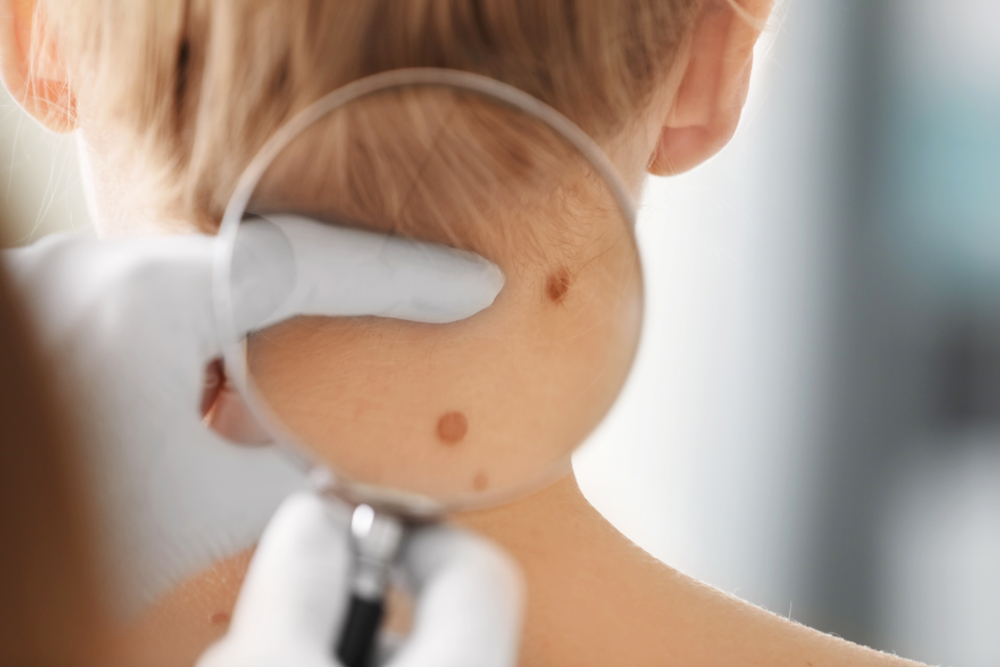Birthmarks can be very intriguing. They can grow and appear on the skin and are present at birth or shortly after birth. They do vary in size, some people have tiny ones, while others have big ones.
Sometimes these are inherited and other times they just happen by chance.
Strange? I know!
Now, these can make people worry about why and how they have birthmarks on them. Several birthmark types exist and can be confusing to people.
Fun Fact: Years ago, birthmarks were believed to be a signature by the devil. It was believed that people who had birthmarks on their bodies were secluded.
Not anymore!
So, what are birthmarks and what do they represent? Let’s have a look and understand them.
Table of Contents
What is a Birthmark?
Birthmarks are common growths or lesions that appear on the skin at the time of birth or shortly after that. Some can be flesh-colored but might have a different texture than the rest of the skin.
Most of the time, these are harmless, but some indicate an underlying medical condition. Also, in some rare cases, a few birthmark types can be cancerous.
What Causes a Birthmark?
As far as the causes of birthmarks are concerned, there is a big list of made-up tales. Some of these connect birthmarks with unmet food cravings at the time of pregnancy. Other times, it was also thought that going too much in the Sun during pregnancy causes them.
Now, just to make it clear to you all, these are all myths. Birthmarks are not linked to anything a pregnant woman does or doesn’t do during pregnancy.
The underlying cause of birthmarks is still unknown.
Are Birthmarks Genetic?
Some birthmark types are hereditary and run in families. But most of them are not. Top dermatologists at Family Hospital say occasionally some of the birthmarks are caused as a result of gene mutation.
For example, some babies are born with a type of birthmark called port-wine stains and may have a condition called Klippel-Trenaunay Syndrome. This condition is caused by a genetic mutation that is not inherited.
Another rare condition Sturge-Weber Syndrome occurs when birthmarks appear as port-wine stains but have a branch of nerves. Now, this is caused by a genetic mutation that is not inherited.
Can Birthmarks Appear Later in Life
Apart from the ‘what is a birthmark’ question, it is wondered if a birthmark can appear later in life. Well, birthmarks refer to the spots on the skin that are apparent at birth or shortly after that. Dr. Mahvish AftabKhan who is a top-certified dermatologist says that in some rare cases, a few birthmark types can appear later in life i.e. moles.
What are the Types of Birthmarks?
There are two main types of birthmarks that have different causes. Let’s have a look.
- Vascular Birthmarks
Vascular birthmarks occur when blood vessels don’t form correctly. They are either too many or they’re wider than usual.
- Pigmented Birthmarks
Pigmented birthmarks are caused by an overgrowth of cells that create pigment (color)in the skin.
Vascular Birthmarks
The most common vascular (blood vessel) birthmarks include port-wine stains, hemangiomas, and macular stains.
Port-Wine Stains
The port-wine stains are a discoloration that looks like wine was spilled on an area of the body. These birthmark types appear mostly on the legs, arms, face, and neck. Port-wine stains can grow as the child grows. These can darken over time and can feel like pebbles in middle adulthood unless they are treated.
These never go away on their own, but doctors do remove the ones near the eye to avoid problems.
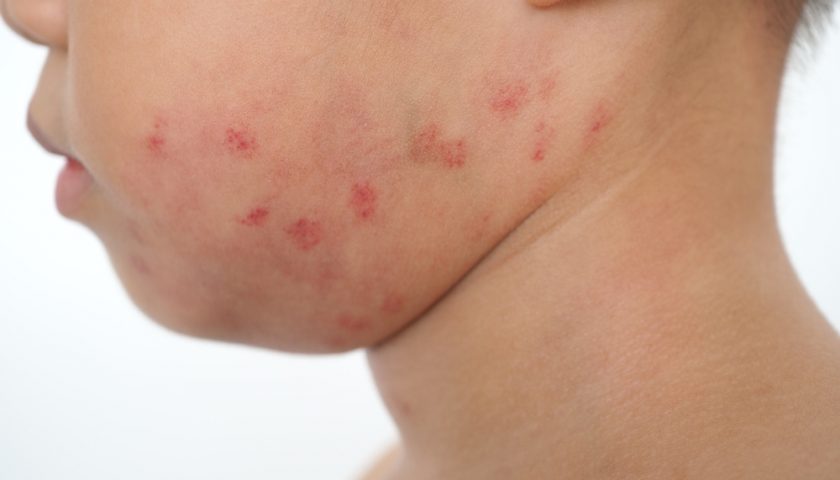
Hemangiomas
Hemangiomas are deep when they are found below the surface of the skin and are superficial when on the surface of the skin. Thee are compound when they affect both layers.
A hemangioma (hee-man-jee-OH-muh) is bright red and is slightly raised. It is not usually visible a few days after the baby is born. The deep hemangiomas might appear bluish. This is because they involve blood vessels present in the deeper layers of the skin compared to other birthmark types.
Hemangioma grows quickly during the first 6 months then shrinks or disappears by the time a child becomes 5 to 10 years old.
Some people misunderstand these and consider them varicose veins, which are completely different.

Macular Stains
Also known as stork bites, salmon patches, and angel kisses, these fainted marks are the most common type of birthmark.
Macular Stains typically are on the eyelids, the nose, upper lip. Back of the head, or on the forehead. These are more visible when the baby cries but these can disappear as the baby turns 1 or 2 years old.

Pigmented Birthmarks
As far as the pigmented birthmark types are concerned, the most common ones are moles, Mongolian spots, and café-au-lait spots.
Moles
Mole is a very general term for brown spots known as nevi (NEE-vye). Most people get moles at some point in life. The one that is on the body at birth is called congenital nevus (NEE-viss) which lasts for a lifetime.
Giant Congenital nevi are more likely to develop into skin cancer as compared to the smaller ones.
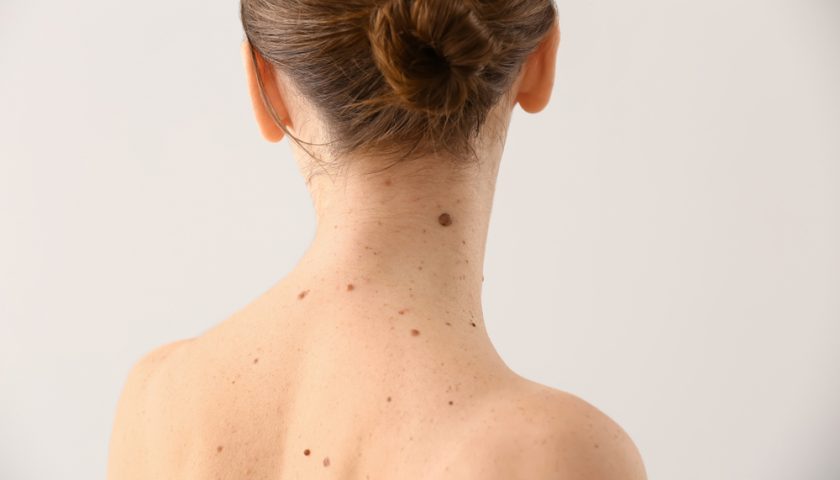
Mongolian Spots
These bluish-gray patches are found on the lower back or buttocks. These come on darker skin more often i.e. Asian ethnicity. These birthmark types do not need treatment and disappear when a child reaches the age of school.
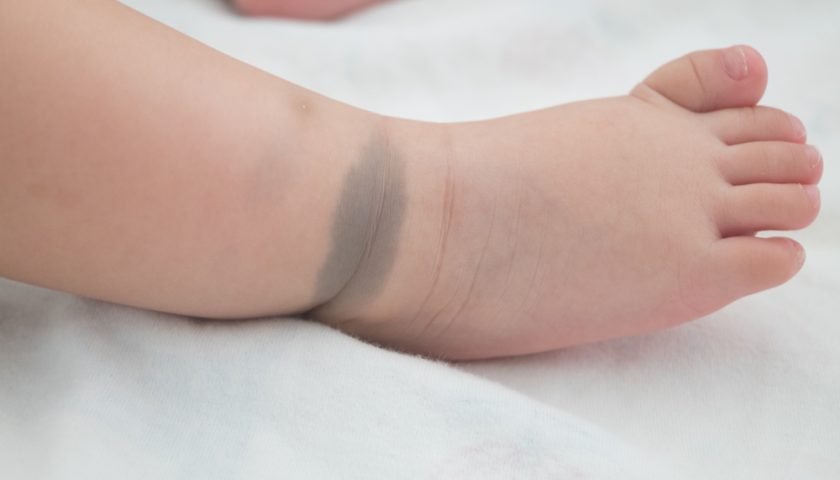
Café-au-lait Spots
These are the common spots of coffee or milk color, hence the name Café-au-lait Spots. These can appear anywhere on the body and can increase with age. Having one alone is not a problem. But if someone has more than 6 spots larger than a pencil eraser, then they should visit a doctor.
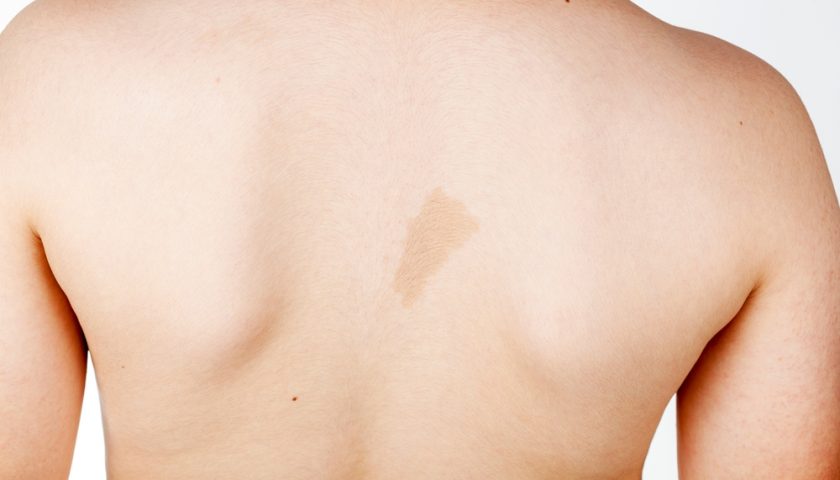
How Are Birthmarks Treated?
Birthmarks cannot harm you so it is not necessary to get them removed. However, if you do not like the appearance of one, then get it treated by the best dermatologist near you.
Some of the techniques used to treat different birthmark types include;
Laser
Laser therapy can be used to fade or slightly lighten the pot-wine stains. Highly concentrated pulsing beams of light are used in the process.
Laser treatments can be uncomfortable a some might need anesthesia. These often produce permanent results.
Beta-Blockers
Beta-blockers are oral medicines used to treat high blood pressure. One type of beta-blocker known as propranolol is used to reduce the size of the appearance of hemangiomas.
These work by shrinking the blood vessels and reducing the blood flow. It then reduces, softens, and shrinks the hemangioma.
Surgery
Some birthmark types can be successfully treated through surgical removal. These include the deep hemangiomas that damage the healthy tissues surrounding them.
A small scalpel is used to remove the birthmark after giving local anesthesia. If the birthmark is large, it is removed in several appointments.
When to Visit a Doctor
Birthmarks are very common and are mostly harmless. These don’t do any wrong. But, if any of the birthmark types don’t look normal to you. Or if you think that you need to get them removed, go to a doctor in order to get them removed. Save yourself some time and book an appointment with a dermatologist by visiting Healthwire.
